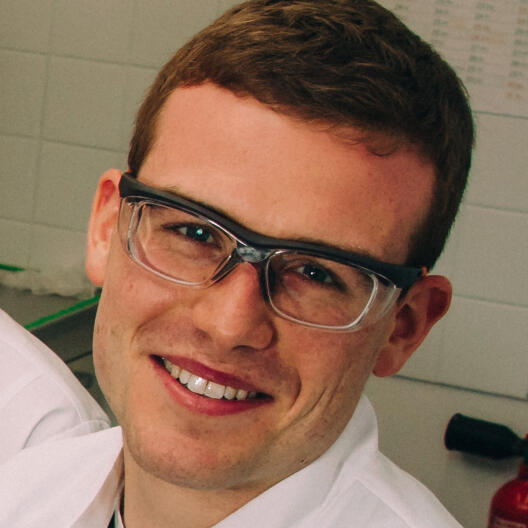Cascade reaction for mRNA

Working hand in hand makes things easier. This principle is now being applied to so-called RNA methyltransferases by biochemist Fabian Muttach, a member of the working group headed by Prof. Andrea Rentmeister at the Institute of Biochemistry at Münster University. RNA methyltransferases are enzymes which play a crucial role in the protection and processing of messenger RNAs (mRNA).
Muttach has produced a replica – a so-called analogue – of the co-substrate S-adenosylmethionine (AdoMet). What is special about his analogues is that mRNAs can be labeled using these AdoMet analogues and RNA methyltransferases. By subsequent click chemistry, the functions of mRNA can be systematically changed. This means that chemists can quite easily add further functionalities.
The asset of this approach lies in the fact that such additional functionalities can also be added inside the cell – although it is not quite that easy. So far there has always been a major limitation: AdoMet analogues are normally unstable in aqueous solutions and do not penetrate into cells.
Fabian Muttach has now found an elegant solution to this problem. He took a look at the biosynthetic pathway of AdoMet and noticed that a certain enzyme – methionine adenosyltransferase (MAT) – is responsible for AdoMet being produced from the original components ATP and methionine in the first place. Muttach then used a MAT variant with an enlarged so-called binding pocket to synthesize AdoMet analogues. The advantage of this is that these analogues are recognized by an RNA methyltransferase variant, thus making it possible – hand in hand, i.e. in a single pot – to directly modify mRNA in a cascade reaction. In principle, this system works in cells too. In his work Muttach was also able to show that subsequent click reactions of the thus modified mRNA are possible. His work was published in the International Edition of the journal “Angewandte Chemie”.

